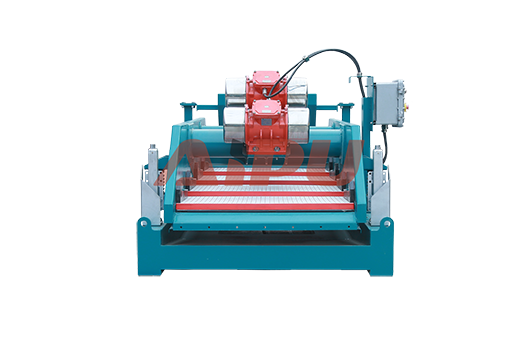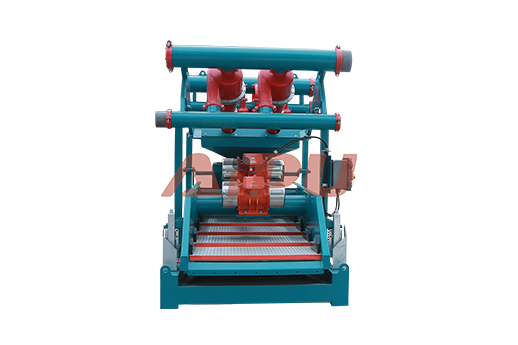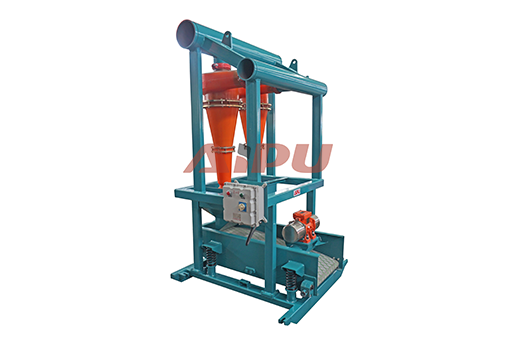How to Operate Multiple Shale Shakers in Parallel
Operating multiple shale shakers in parallel is a standard practice in drilling operations to maximize solids control efficiency and fluid processing capacity. This configuration is essential for handling high flow rates and ensuring optimal performance of the entire mud system. Proper setup and synchronization are critical to prevent issues like uneven flow distribution, screen blinding, or reduced overall efficiency. When shakers work in harmony, they significantly improve the removal of drilled solids, protect downstream equipment, and reduce total drilling fluid costs.
Key Principles for Parallel Operation
The fundamental goal of running shakers in parallel is to evenly distribute the drilling fluid across all units. An uneven split can overload one shaker while under-utilizing others, leading to poor performance and potential equipment damage. The feed header or distribution manifold must be correctly designed to ensure each shaker receives a similar flow rate and solids load. The shakers should also be of the same model and configuration to maintain consistent vibratory motion and screen performance.

Setup and Configuration
Begin by installing the shakers on a level, stable foundation to ensure consistent performance. The flow distribution system should feature adjustable valves or chokes to fine-tune the flow to each machine. It is crucial to use identical screen meshes on all shakers during operation. Using different screen types can cause fluid to preferentially flow to the path of least resistance, defeating the purpose of parallel processing. Regularly inspect the feed inlets and discharge hoppers to prevent blockages that could disrupt flow balance.
Operational Best Practices
During operation, continuous monitoring is key. Check each shaker's screen for proper fluid distribution and signs of premature wear or blinding. The motor exciters should be synchronized if possible, to prevent destructive interference patterns that can affect solids conveyance. Monitor the dampening springs and rubber bushings, as wear on these components can alter the shaker's motion and lead to performance discrepancies between units. Consistent and trained operator oversight ensures that any imbalance is detected and corrected promptly.
Maintenance for Sustained Performance
A proactive maintenance schedule is non-negotiable for a parallel shaker system. This includes routine checks of vibration motors, screen tensioning systems, and electrical connections. Since the shakers are interdependent, a failure in one can increase the load on the others, leading to a cascade of issues. Keeping a log of maintenance activities for each individual unit helps in predicting failures and scheduling downtime without halting the entire solids control process.
For operators seeking reliable and high-performance equipment for such critical configurations, Aipu offers a range of robust shale shakers. Known for their durability and efficient design, Aipu's solids control equipment is engineered to deliver consistent performance in demanding parallel operations, helping to ensure maximum solids removal and drilling fluid recovery.






